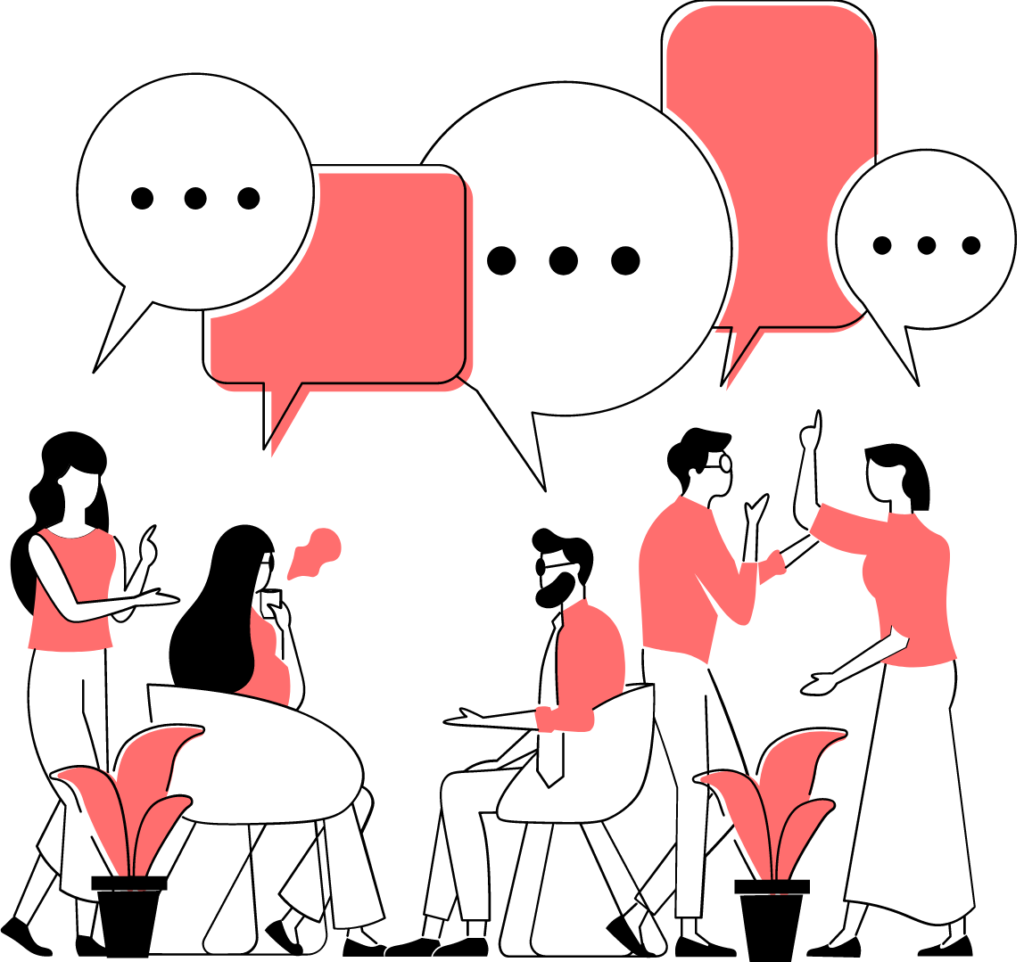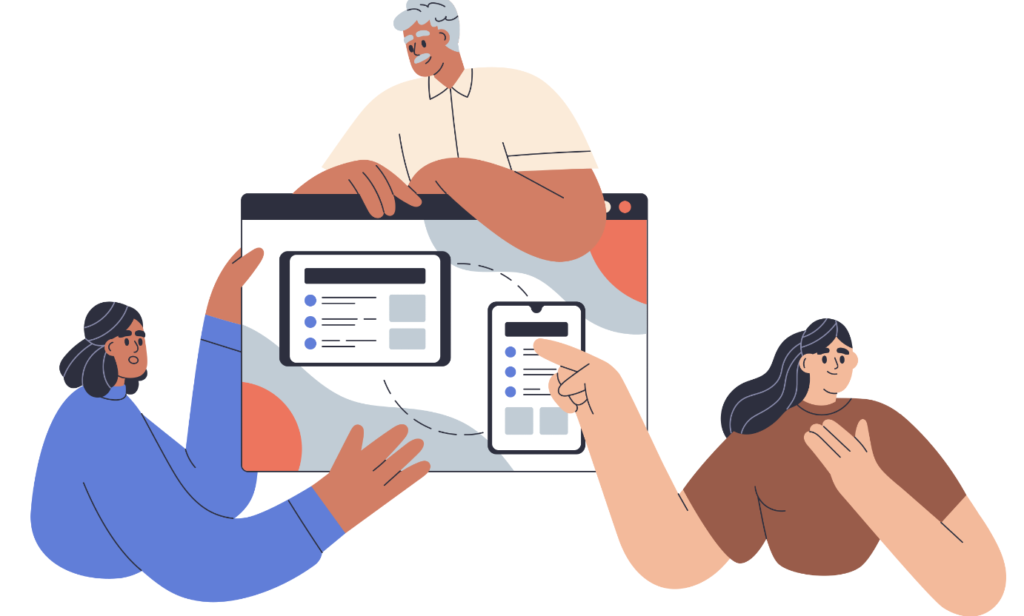Media discourse analysis Copy Copy

Media Discourse Analysis
This section refers to the discourses circulating in the public communication sphere. No matter whether professional-generated media content (PGC) is produced by journalists or user-generated content (UGC) is produced by individual or groups of internet users, all media content are produced by human beings, which always reflect the social and personal beliefs of content producers. Especially when wanting to collaborate with the media for SDGs delivery, a discourse analysis might provide insight into ideologies, personal opinions, political perspectives, or moral premises. This is all relevant to consider for social change.
Critical discourse analysis is a trans-disciplinary field primarily concerned with the relationship between language use and social structure with its main aim to study how social power, domination and inequality are enacted, maintained, and reproduced (by ‘text’ and ‘talk’).
There are many things to consider when doing communication analysis, here are some things for you to keep in mind:
Level of communication | What is analysed |
Vocabulary | Words and phrases can be analysed for ideological associations, formality, and euphemistic and metaphorical content. |
Grammar | The way that sentences are constructed (e.g., verb tenses, active or passive construction, and the use of imperatives and questions) can reveal aspects of the intended meaning. |
Structure | The structure of a text can be analysed for how it creates emphasis or builds a narrative. |
Genre | Texts can be analysed concerning the conventions and communicative aims of their genre (e.g., political speeches or tabloid newspaper articles). |
Non-verbal communication | Non-verbal aspects of speech, such as tone of voice, pauses, gestures, and sounds like “um”, can reveal aspects of a speaker’s intentions, attitudes, and emotions. |
Conversational codes | The interaction between people in a conversation, such as a turn-taking, interruptions and listener response, can reveal aspects of cultural conventions and social roles. |
In many joint efforts, NGOs and media organisations collaborate to change the sentiments of a community towards a specific topic. For example, for a programme dedicated to reinforcing positive social norms on young people’s sex and reproductive health and rights (SRHR) in the global south, you might want to mobilize media organizations as influencers to report more often on young people’s SRHR with a more positive and inclusive manner. To reach the objective, not only do you need to monitor the number of media coverages, but also you need to keep track of the media discourse. For instance, are those coverages positive or negative? What kinds of languages and vocabulary do they use? What tones of voice do they use? What socio-political issues are hidden in the written and spoken language? Are the coverages including sexist and discriminatory language, images, or advertisements?
Critical Discourse Analysis (CDA) principles:
CDA addresses social problems
Power relations are discursive i.e. performed and constructed through discourse
Discourse constitutes society and culture in a dialectical relationship.
Discourse does ideological work and is not neutral.
Discourse is historical and cannot be understood without historical context.
Discourse is a form of social action
CDA ToolBox
Critical discourse analysis takes time to perform. We have developed a ToolBox with 8 steps to follow:

Step 1: Defining your central research question
Explanation: To do a media critical discourse analysis, you begin with a clearly defined central question to your research. You may want to reflect on why you want to do this research and how it can contribute to your long-term impact which is defined in your programmatic ToC (Theory of Change). Such as: how gender stereotypes in Thailand are distributed through political media discourse.
Tips
- Think about why you identified media as one of the stakeholders for social change.
- Think about the roles of media in SDGs delivery in the previous chapter.
- Think about your assumption that why and how media became gatekeeps of the social change you want to achieve.

Step 2: Sampling your materials for analysis
Explanation: After you have developed your central question, you need to select a range of materials that is appropriate to answer it. You can sample different types of media content in ‘text’ or ‘talk’ on your focused topics in a specific language with a fixed time frame, no matter in printed media such as newspapers or magazines or visual and audio media or social media posts. The media critical discourse analysis is a method that can be applied both to large volumes of materials and to smaller samples.
Tips
- Based on how complicated the country’s media landscape is, you may want to sample the most representative media content with a bigger influence on the final beneficiaries you want to target.
- If you are working with a hard copy, it is better to make several additional copies.
- Try to digitize your source or get a digital copy.
- Add references that others can use to follow your work later.

Step 3: Establishing the context
Explanation: You must establish the social and historical context in which each of your sources was produced. Write down what language your source is written in, what country and place it is from, who wrote it (and when), and who published it (and when). Also try to have a record of when and how you got your hands on your sources, and explain where others might find copies. Finally, find out whether your sources are responses to any major event, whether they tie into broader debates, and how they were received at the time of publication.
Tips
- You can conduct a literature review on the topic and construct a theoretical framework to guide your analysis.
- The context analysis of each of your sources can help you to eliminate invalid samples.

Step 4: Exploring the production process
Explanation: You need to do a more thorough background check on who produced and published your sources. The background check shall cover the following questions: Who is the author and who is the editor and what are their journalistic and editorial style? How many authors the source has? What is the type (some scholars use the term ‘medium’) of the media? What is the general political position of the media? Who is the target audience of the media? What genre your source belongs to, a news item, an interview, an advertisement or others? What trackable educational, religious and other social identities and history working experience of the content producers have?
Tips
- Check the website and social media platforms of the media your sources come from.
- Reach out to the media that your sources come from for more information, via emails, calls or a personal interview.
- Think about the technical quality and readability of your source.

Step 5: Examining distribution and consumption
Explanation: You need to examine how the ‘text’ and ‘talk’ was distributed and interpreted and consumed. Consider who has access to the source and to whom the media content reached via what channels, platforms and other ways. You also need to consider how the messages in the source were received, interpreted and responded to by its audiences, for example via looking into the comment of a post of a news item on social media. Remember different people always interpret media content differently.

Step 6: Coding your materials and analysing the content
Explanation: This step involves coding your sources into different coding categories and examining various elements of the source – including structure, words, sentences, headers, paragraphs etc. You also need to examine other elements, such as themes, format, grammar, quotations, rhetorical and literary figures (such as allegories, metaphors, similes, idioms, and proverbs), attitude, tone of voice, assumptions, patterns etc. You now have all the elements of your analysis together, but the most important question remains: what does it all mean? In your interpretation, you need to tie all of your results together to explain what the discourse is about, and how it works. This means combing your knowledge of structural features and individual statements and then placing those findings into the broader context that you established at the beginning.
Tips
- You can use coding software: NVivo, Microsoft Office Excel etc.
- Consider how the ‘text’ and ‘talk’ include or exclude readers from a community via different choices of words, for example, the word ‘refugees’ will prompt sympathy among listeners and will help build a community between citizens and immigrants, while ‘alien’ will help create hostile feelings and will exclude the immigrants from the nation’s community.

Step 7: Tracing power in social practices
Explanation: Based on media content analysis in the above step, you also need to analyse the power relations, ideologies, and hegemonic struggles that discourse reproduces, challenges and restructure hidden in the ‘text’ and ‘talk’. Examine ways in which ‘text’ and ‘talk’ reveal cultural (and sub-cultural) and social traditions, values and norms. Examine whether media institutions and individuals have any hidden socio-political agenda and how the media discourse is influenced by the dominant political or economic forces, in other words, ‘who might benefit from the discourse that your sources construct’.

Step 8: Presenting and sharing your findings
Explanation: Once you draw your conclusions, you may want to think about how you can better present and share your findings for a bigger impact. You can use it to share internally or with the strategic partners of your programme to validate your ToC assumptions and accelerate your interventions. You can share it with broader external stakeholders to raise awareness or call for action, via multiple ways, such as a newsletter, a webinar or social media posts. You can think about publishing it in academic journals. The most important is that you may want to use it as evidence to share and engage with media and media content producers to push the boundaries and enable them to reflect and make a change.
Other resources…
There are other resources you can use, however, there are language restrictions; some of these tools have been developed for English.
